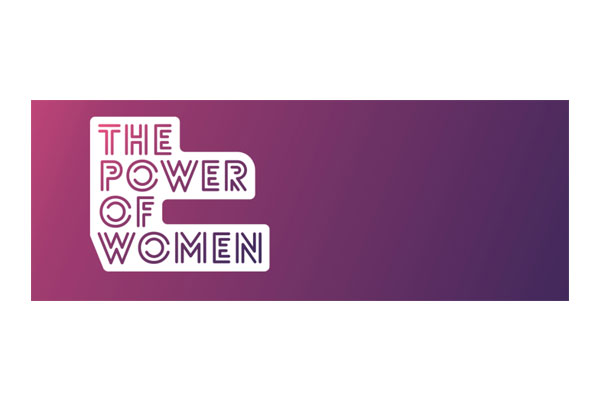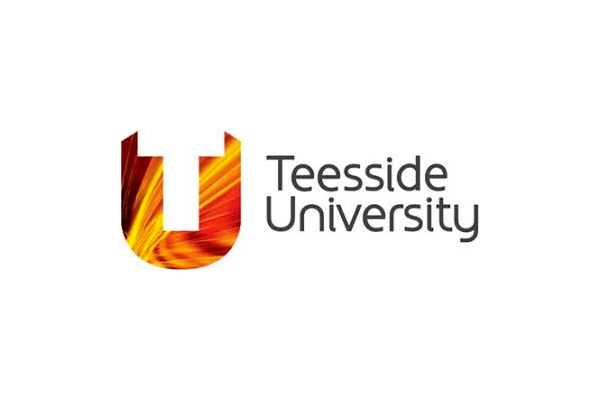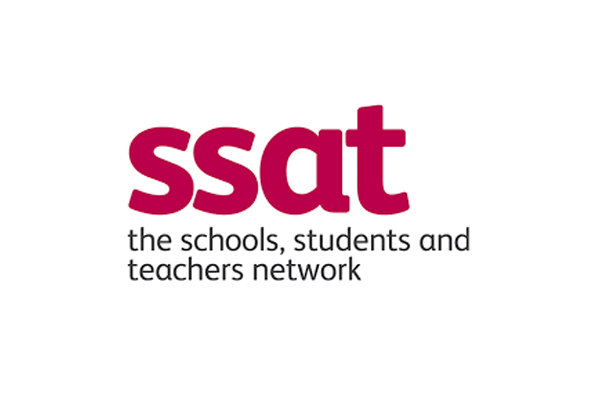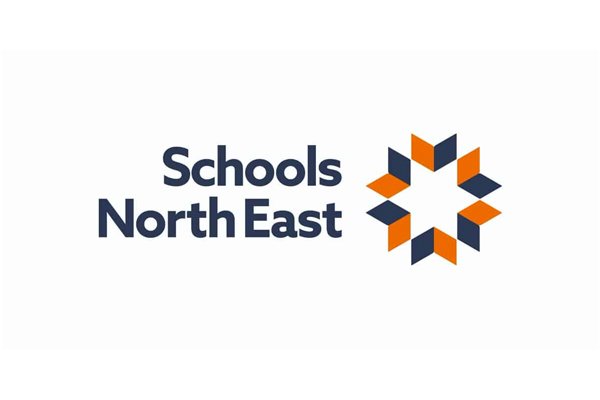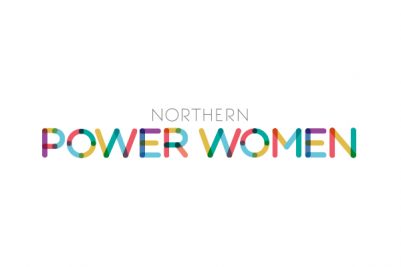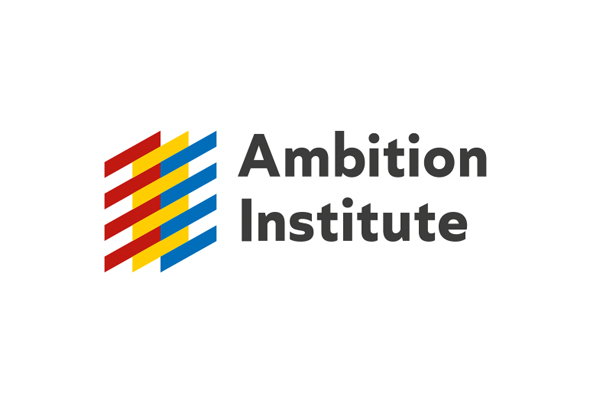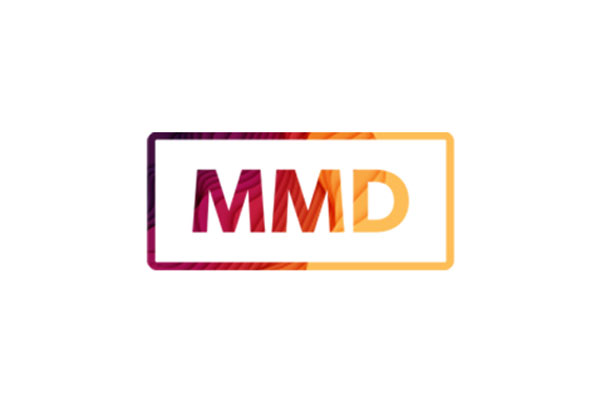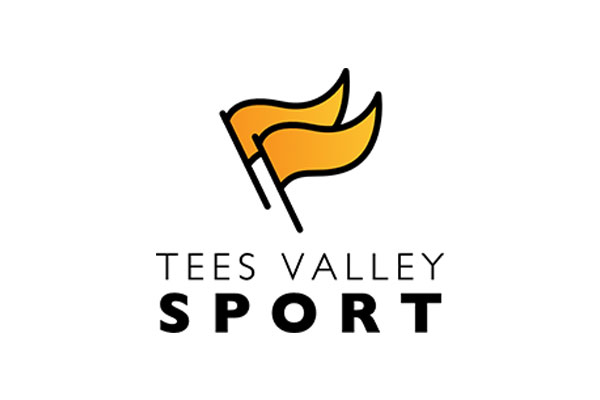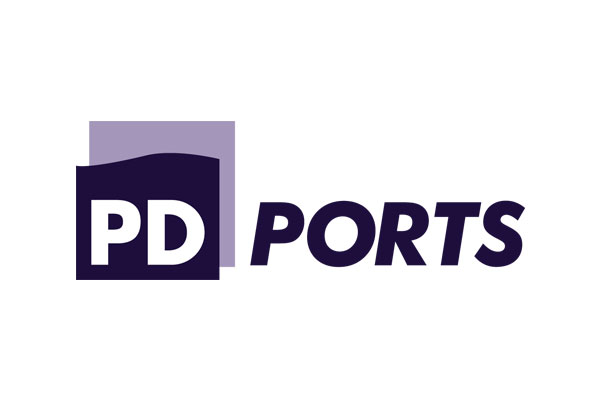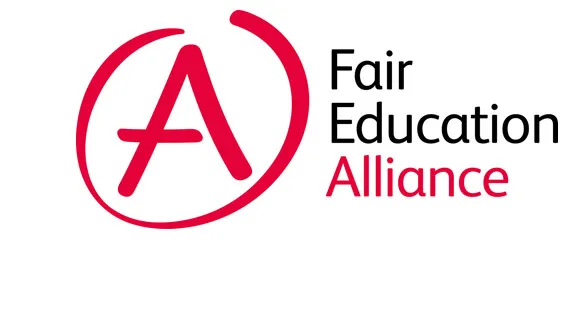| Year 1 | IT – Text and Image | IT – Visual | IT – Audio | Computer Science | Computer Science | |
| Can I make a poster that includes text and a picture? | Can I create a simple movie with a voiceover? | Can I create sound and music in an app for a given theme? | Can I explain what an algorithm is and create one to move a person? | Can I programme a Beebot to reach a specific destination? | Can I move a sprite using blocks and commands in Scratch Jr? |
| Year 2 | IT – Text and Image | IT – Visual | IT – Audio | Computer Science | Computer Science | Computer Science |
| How do I digitally present information about a topic?
Can you use a checklist? | How do I create and edit a simple movie? | How do I use an app to create a performance? | How do I write an algorithm to move a robot to a set destination? | How do I produce sequences and work with sprites in Scratch Jr? | How do you produce and edit sequences in Scratch? |
| Year 3 | IT – Text and Image | IT – Visual | IT – Audio | Computer Science | Computer Science | Computer Science |
| How do I create an informative poster/flyer using digital technology?
How do I work with basic spreadsheets? | How do I create a movie for a specific audience? | How do I create a multi-layered tune? | How do I produce multiple sequences and work with sprites in Scratch? | How do I write algorithms to move a robot using multiple sequences of commands? | How do I program sprites to interact with an event? |
| Year 4 | IT – Text and Image | IT – Visual | IT – Audio | Computer Science | Computer Science | Computer Science |
| How do I create a multi-layered document?
How do I create an animated presentation? | How can I create a stop motion animation?
How can I choose appropriate online content to use? | How do create shortcuts in code using loops? | How do I create a story using timed sequences? | How do create shortcuts in code using loops? | How do you use a coding app to move a programmable toy? |
| Year 5 | IT – Text and Image | IT – Visual | IT – Audio | Computer Science | Computer Science | Computer Science |
| How do I produce an eBook incorporating a spreadsheet table? | How do I create objects in virtual/ augmented reality? | How do I create a short podcast with multiple sections?
How do I perform with other children on a ‘jam’ session? | How do I program commands so that arrow keys control a sprite? | How do I use ‘if’ and ‘then’ commands to control a quiz? | How do I program a programmable toy to complete a specific task? |
| Year 6 | IT – Text and Image | IT – Visual | IT – Audio | Computer Science | Computer Science | Computer Science |
| How do I use my computing knowledge to support revision and recall? | How do I use my computing knowledge to support careers knowledge? | How do I use my computing knowledge to help prepare for Key Stage 3? | How do I use variables in games to affect how the game is played and designed? | How do I use my computing knowledge to create a design project? | How do I use my computing knowledge to support the work of others? |

